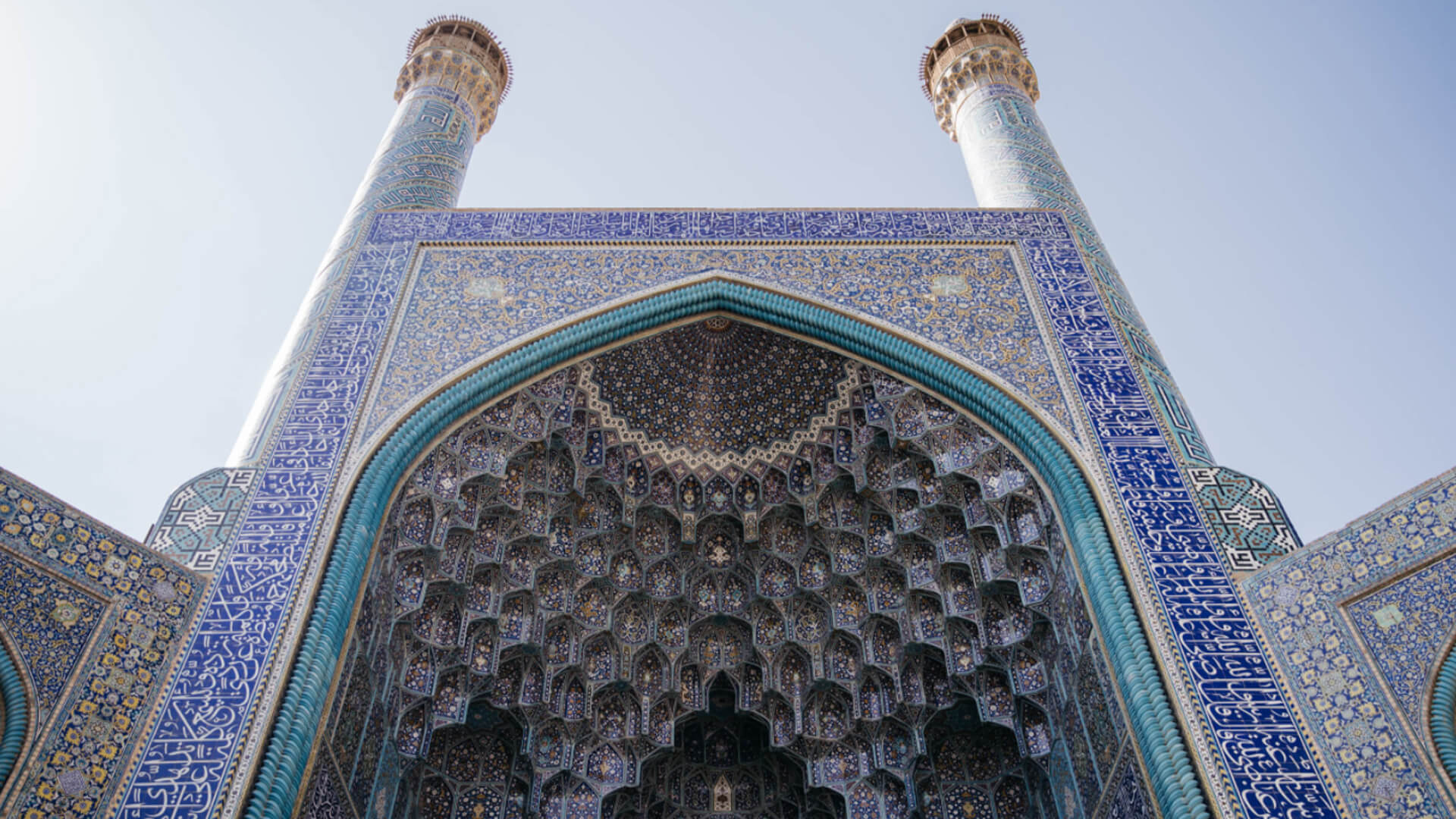
The Silk Road: A Living History
An outdoor exhibition documenting Christopher Wilton-Steer’s four-month journey along the world’s oldest trade route.
(All photos in this article are credited to Christopher Wilton-Steer, Aga Khan Foundation & Aga Khan Development Network.)
The Aga Khan Foundation are delighted to announce The Silk Road: A Living History, an open-air photography exhibition by travel photographer Christopher Wilton-Steer. The exhibition documents Wilton-Steer’s journey along the historic trade route undertaken in 2019. Over a period of four months, he travelled 40,000 km overland by car, bus, train, ferry, horse and camel from London to Beijing traversing sixteen countries.
He began his journey from London’s King’s Cross where the show will be staged from 8th April 2021 and run until 16th June. The exhibition will be arranged around Granary Square and is presented in partnership with King’s Cross.
Comprised of over 160 photographs, The Silk Road: A Living History invites the viewer to take a journey from London to Beijing, encountering many of the people, places and cultures along the ancient trade route. The exhibition’s linear design creates a physical route for the viewer offering them the chance to travel by proxy. With galleries closed due to the lockdown, this outdoor exhibition — which allows for social distancing — offers visitors cultural stimulation at a time when we have been starved of it.
Moreover, with the current travel restrictions, the exhibition opens up a world of far-flung destinations that are currently inaccessible. Says Wilton-Steer: ‘At a time when we are unable to travel, I hope that this exhibition will provide visitors with an escape from the UK into other worlds far away.’
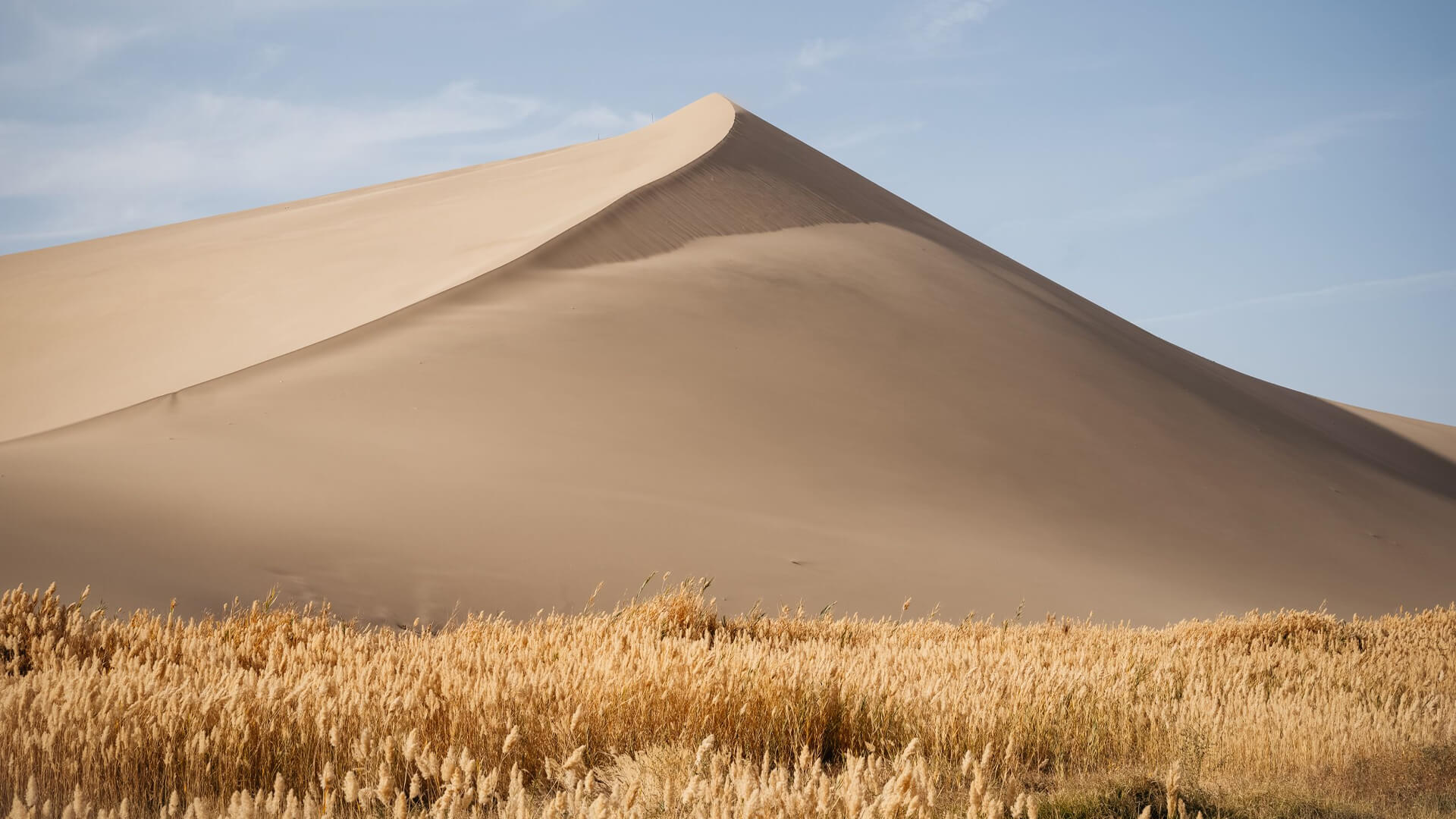
The show aims to celebrate the diversity of cultural expressions found along the Silk Road, highlight examples of how historical practices, rituals and customs live on today, and also reveal some of the connections between what appear at first glance to be very different cultures. It also seeks to engender interest and understanding between distant cultures and challenge perceptions of less well known and understood parts of the world. Photographs from Iran, Turkmenistan, Uzbekistan, Tajikistan, Kyrgyzstan, Pakistan, India, China and elsewhere will feature in the show. Visitors will be able to access additional content including videos and music via QR codes on each panel of the exhibition.
The Silk Road, the name given to the numerous trading routes that connected China and the West, was first established during the days of the Roman Empire. For several centuries it facilitated the exchange of goods, ideas, religions and technologies across 1000s of miles, shaping and changing the world as we know it. While it lost its prominence to new maritime trade routes by the 1600s, its legacy still endures. China’s ‘Belt and Road Initiative’, the $900 billion double trade corridor to reopen channels between China and the West, can be seen as its 21st century successor.
Wilton-Steer, who heads up communications at the Aga Khan Foundation UK, undertook his journey between July and November 2019. His interest began when he was a child, however. He says, ‘I first heard about the Silk Road at a young age and dreamt of travelling along it. Stories of desert cities, caravans of camel laden with goods, and of a trade route stretching across Eurasia sounded so alluring to me.’
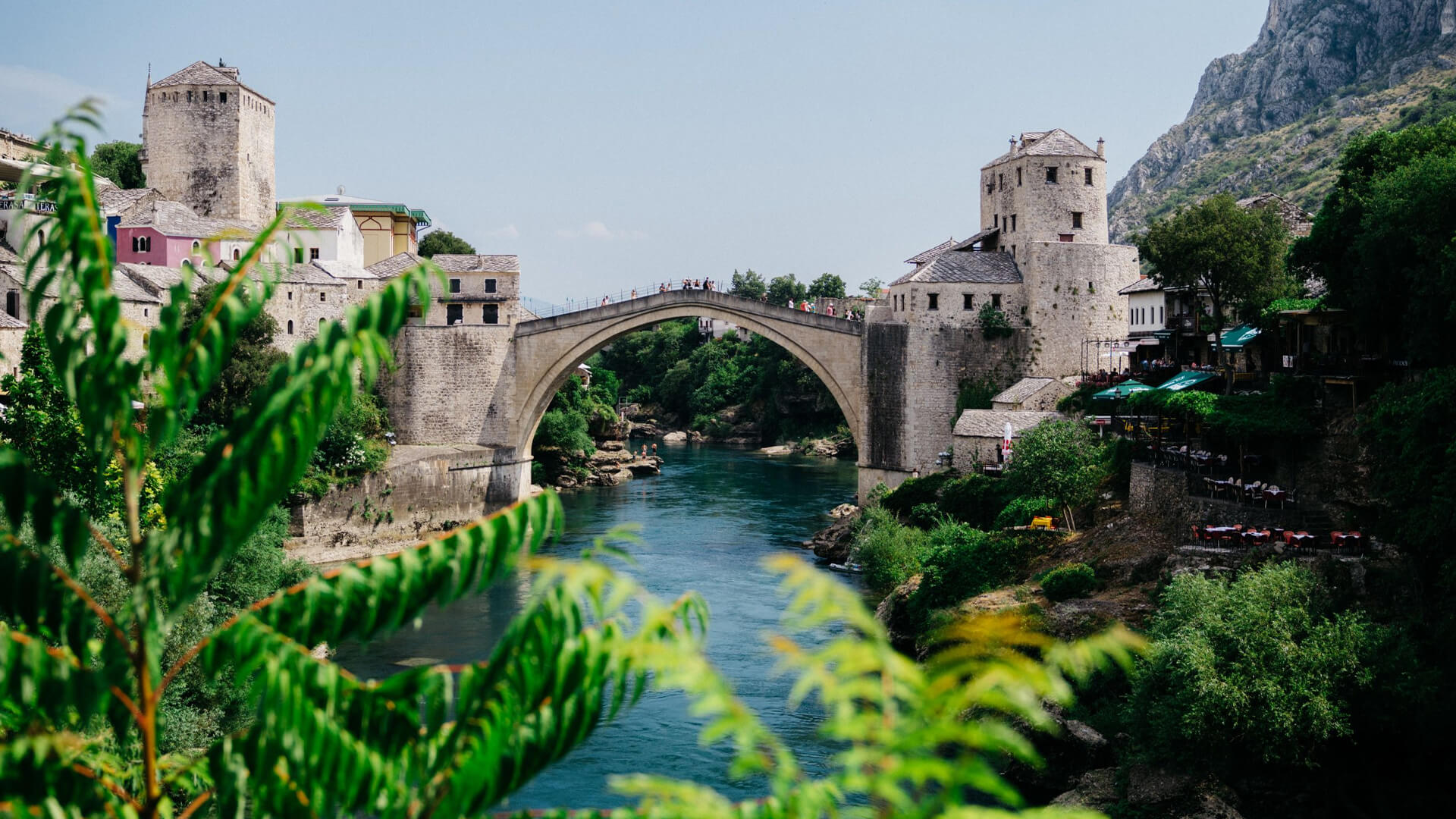
Of the journey, Wilton-Steer adds: ‘When we fly somewhere, we arrive at the destination and all aspects of life are different. By traveling over land, I hoped to understand more about the similarities between different cultures and learn more about what connects us.’
The exhibition follows well-received presentations by Wilton-Steer at the Institut Française in Antananarivo, Madagascar (2016), The Royal Geographical Society (2018) and Philanthropy House, Brussels (2019), and was conceived with the Aga Khan Foundation (AKF). Established in 1967, the Foundation works with poor and marginalised communities in Africa, Asia and the Middle East to improve the quality of life, promote pluralism, and enhance self-reliance. Together with its sister agencies of the Aga Khan Development Network, it has been active in Central Asia for nearly 30 years, and for almost a century in India and Pakistan. Working alongside governments, the AKDN has been a long-term partner in the development of Afghanistan, the Kyrgyz Republic, Tajikistan, Pakistan, India and, more recently, Kazakhstan.
In the last 30 years, the AKDN has invested and channelled several billion dollars into the economic, social and cultural development of Central Asia with the promotion of pluralism and women’s empowerment central to those efforts.
Some examples of AKF and AKDN’s work along the Silk Road are documented in the exhibition, such as the Vanj cross-border bridge between Afghanistan with Tajikistan. This is one of six bridges constructed by AKF to help improve connectivity between these two historically linked regions. Agreements between the respective governments allow traders to sell goods in specially designated markets on one or both sides of the bridges. Afghans can also cross these bridges to receive critical health care saving them a long and arduous journey through the mountains to the nearest Afghan hospital.
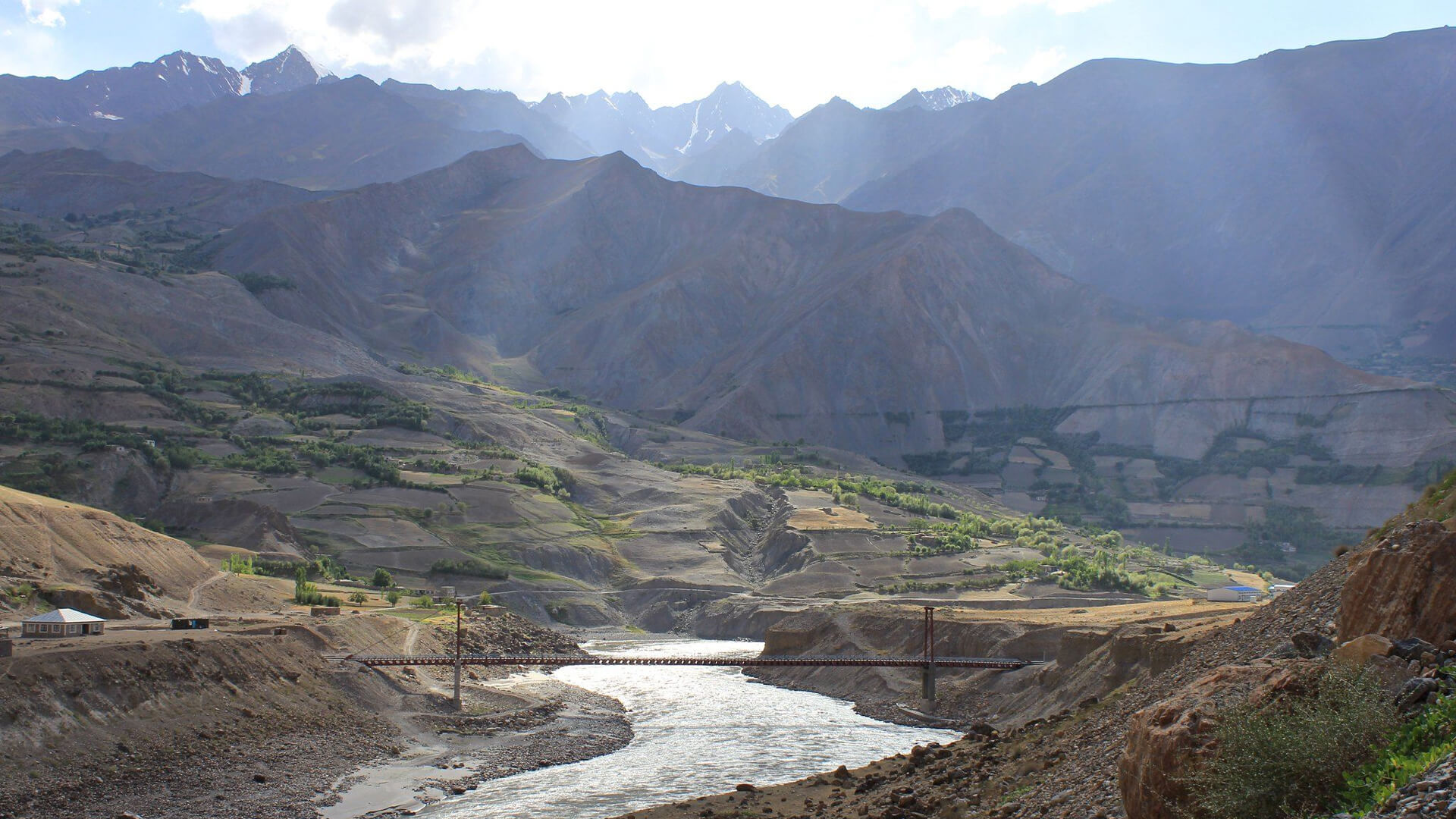
Another photo shows Karimkol, a fruit and vegetable farmer from the Jalal-abad region of Kyrgyzstan. As part of its food security work, the Aga Khan
Foundation supports farmers like Karimkol to expand their nurseries so that they can in-turn support other farmers in this remote and mountainous region.
Another facet of AKDN’s work is the preservation of historic buildings, such as Khaplu Palace in northern Pakistan. Built in 1840, it is the finest surviving example of a royal residence in the region. By the early 2000s the palace had fallen into disrepair with livestock living in some of the rooms. Working alongside local government, the Aga Khan Trust for Culture began restoration work in 2005 and the palace re-opened as a museum and heritage hotel under the Serena Hotel Group in 2011. The restoration of the palace created dozens of jobs in the hospitality sector and has helped open the area to tourism. The restoration work has received numerous awards including a UNESCO Heritage Conservation Award in 2013.
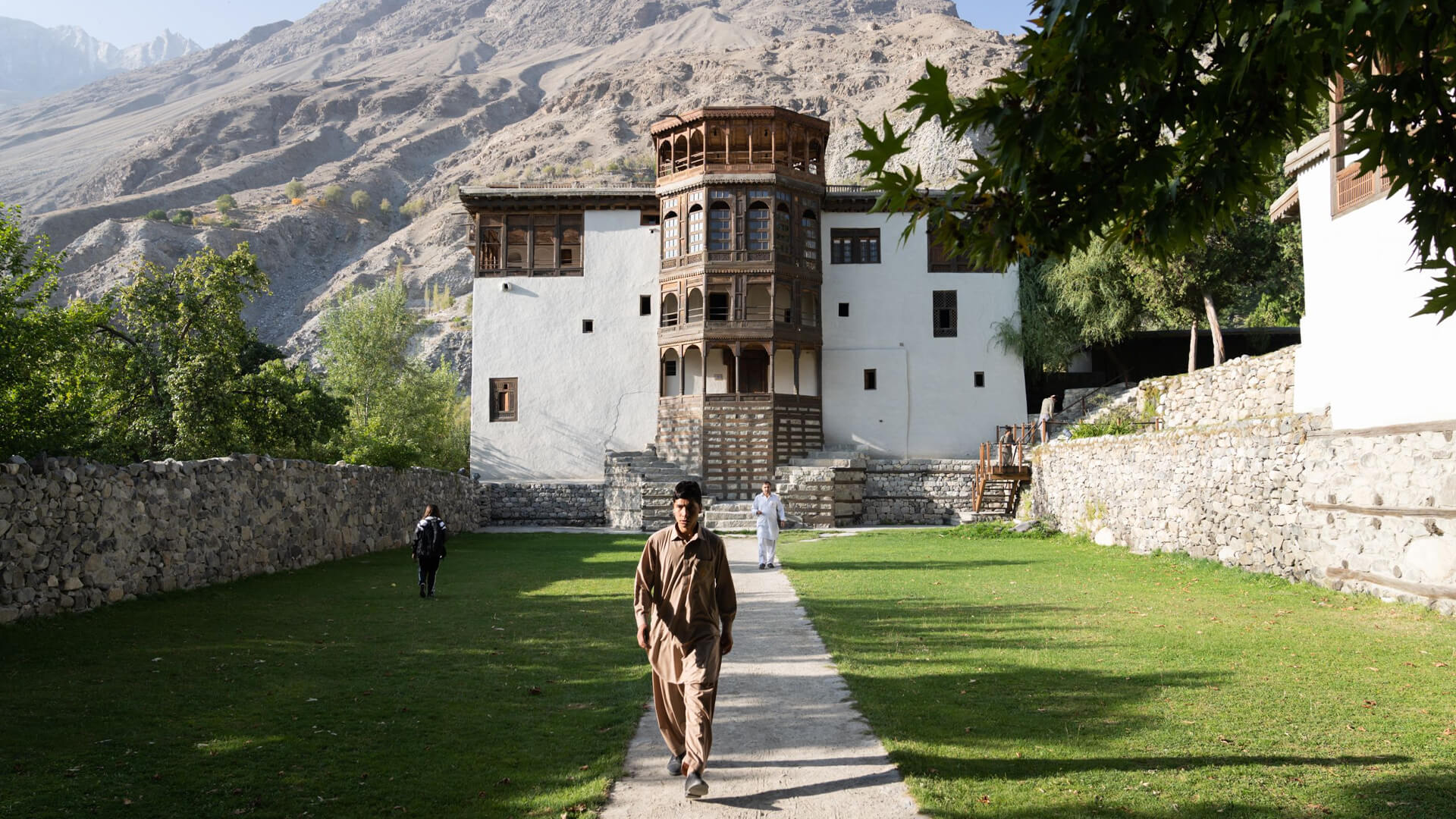
The importance of tourism promotion is underscored with a photograph documenting the opening ceremony of a new tourism centre in the Pamir Mountains of Eastern Tajikistan, in which a girl in traditional Tajik clothes dances. As part of its economic inclusion efforts, the Foundation supports the sustainable development of tourism in the region for the benefit of local communities. Established in 2008 with the support of the Aga Khan Foundation, PECTA — which operate the tourism centres — creates job opportunities for local people and encourages the preservation of historical heritage, natural resources, and wildlife while supporting tourists to visit this remote and breathtakingly beautiful region.
Restrictions permitting, The Silk Road: A Living History will be accompanied by a full programme of publicly accessible talks and workshops at the Aga Khan Centre. Information on these will be released in March. There are also plans for an Aga Khan Foundation Silk Road Bazaar in the nearby Canopy Market area.




















